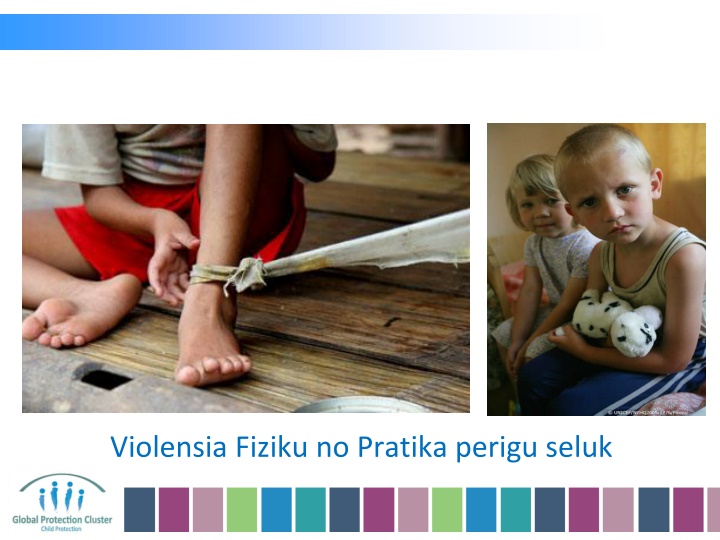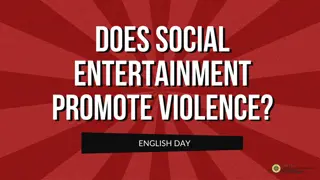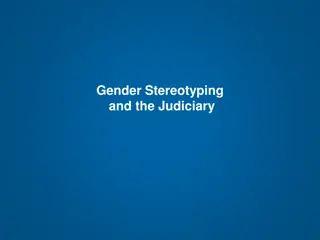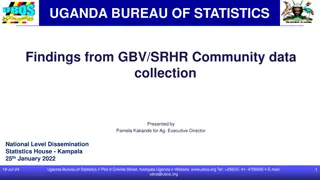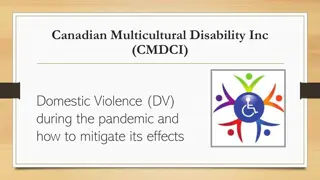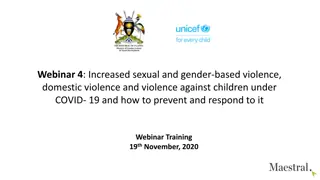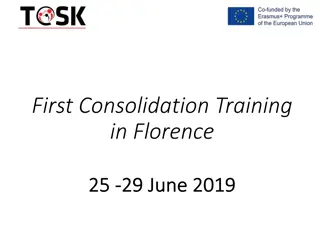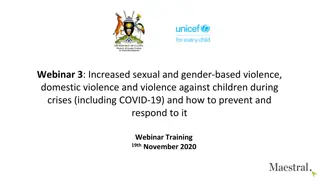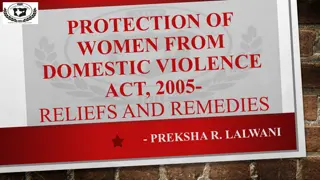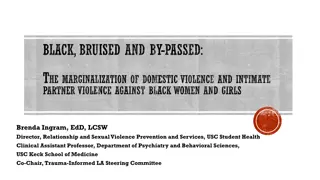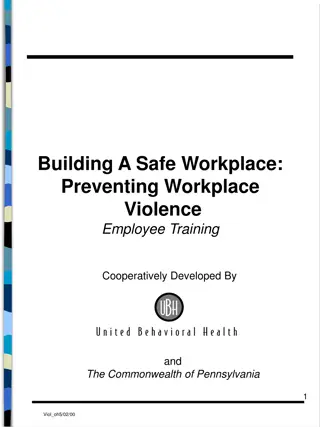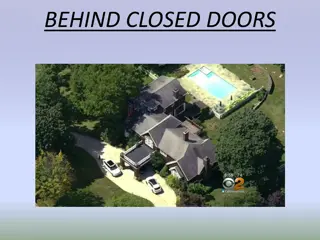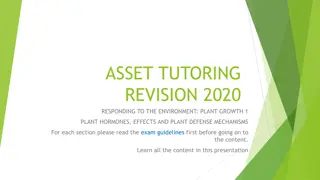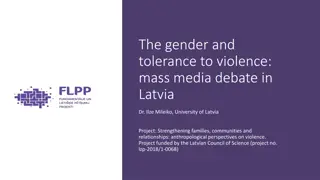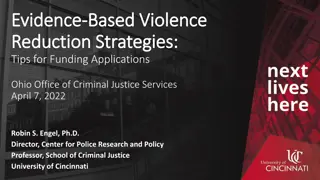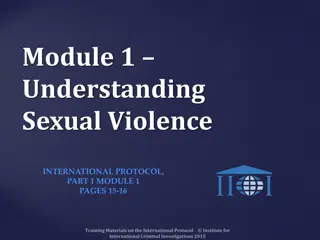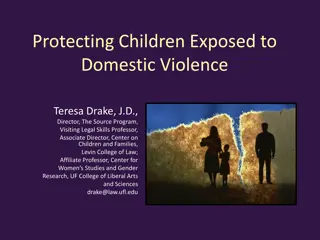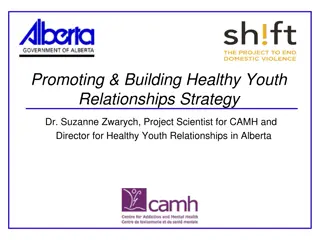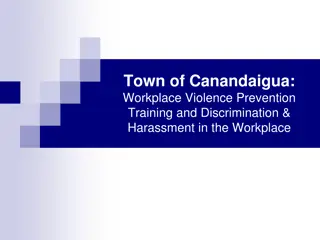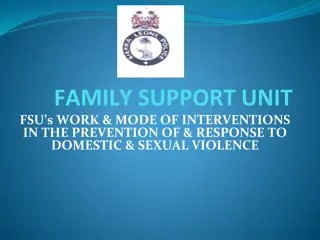Preventing Physical Violence: Understanding Children's Defense Mechanisms
Identifying patterns of physical violence and risky practices globally, particularly in the context of specific situations and cultural appropriateness. Addressing protection mechanisms for children and survivors of abuse, emphasizing prevention and response strategies. Focusing on safeguarding children from various forms of physical violence and abuse, such as domestic violence and corporal punishment, especially in challenging environments where vulnerable populations are at risk.
Download Presentation

Please find below an Image/Link to download the presentation.
The content on the website is provided AS IS for your information and personal use only. It may not be sold, licensed, or shared on other websites without obtaining consent from the author.If you encounter any issues during the download, it is possible that the publisher has removed the file from their server.
You are allowed to download the files provided on this website for personal or commercial use, subject to the condition that they are used lawfully. All files are the property of their respective owners.
The content on the website is provided AS IS for your information and personal use only. It may not be sold, licensed, or shared on other websites without obtaining consent from the author.
E N D
Presentation Transcript
http://www.unicef.org/eapro/UNI45821-384x256.jpg http://www.medvescak.com/upload/novosti/unicef_2_134940.jpg Violensia Fiziku no Pratika perigu seluk
Rejultadu aprendizajen Komprende violensia fiziku ninia defenisaun/saida mak tama iha violensia fiziku nia laran Konese pratika perigu iha rai laran no globamente Iha komprensesaun klaru kona-ba estandarte 8 Identifika ligasaun entre estandaere 8 no estandarte sira seluk Demonstra oinsa atu prevene no responde ba violensia fiziku iha kontestu spesifiku no pratika perigu sira seluk
PADRAUN 8 VIOLENSIA FIZKU NO PRATIKA PERIGU SIRA SELUK PADRAUN Labarik feto no mane sira protejidu husi violensia fiziku no pratika perigu sira seluk, no sobrevivente sira hetan asesu ba asistensia ne ebe espesifiku ba idade no apropriadu ho kultura
PADRAUN 8 VIOLENSIA FIZKU NO PRATIKA PERIGU SIRA SELUK Violensia nia funan subar iha fatin umanitaria. Familia no rekursu protesaun seluk iha situasaun ne ebe difisil no halo ambiente protejidu iha labarik sira nia sorin- sorin sai fraku ne ebe rejulta familia no komunidade halo abuzu ba labarik, halo labarik sira ne e iha situasaun risku liu tan husi violensia domestika, abuzu fiziku no sexual no punisaun korporal. Izempulu, familia spontaniamente uza pratka perigu hanesan mekanismu ida moris iha situasaun depois tiha emerjensia. Izempulu halo tradisaun Koa oan feto nia genital (FGM) ka kaben sedu ho intensaun hodi fo han sira ka hodi haforsa inan aman nia situasuan economia. Pratika perigu hirak ne e forma ida husi violensia fiziku no abuzu. Partikularmente durante konflitu , labarik sira bele sofre violensia ne ebe todan hanesna oho, tortura no naok
Pratika perigu saida deit mak iha Timor-Leste? 1. Servisu iha grupu ki ik ida 2. Identifika pratika perigu 5 ne ebe labarik sira vulneravel hela ba (labarik sira hasoru) iha Timor-Leste
Pratika perigu saida deit mak iha Timor-Leste? 1. Identifika pratika ida ne ebe mak bele aumenta barak/bo ot tan durante tempu emerjensia 2. Aprejenta servisu grupu iha plenaria
Pratika perigu saida deit mak iha Timor-Leste? 1. Aula hamutuk hili pratika perigu nain 5 ne ebe bo ot liu iha Timor- Leste husi pratika hirak ne ebe aprejenta ona 2. Iha grupu 5, Grupu ida-idak hetan tipu Pratika Perigu 1 3. Halo plano oinsa prevene no responde ba Pratika Perigu ne ebe grupu ida-idak simu ona 4. Aprejenta iha plenaria
Pratika perigu saida deit mak iha Timor-Leste? 1. Diskute hamutuk pratika perigu 5 ne e, hare e tok karik sira iha relasaun ba malun / duplika ho estandarte seluk
